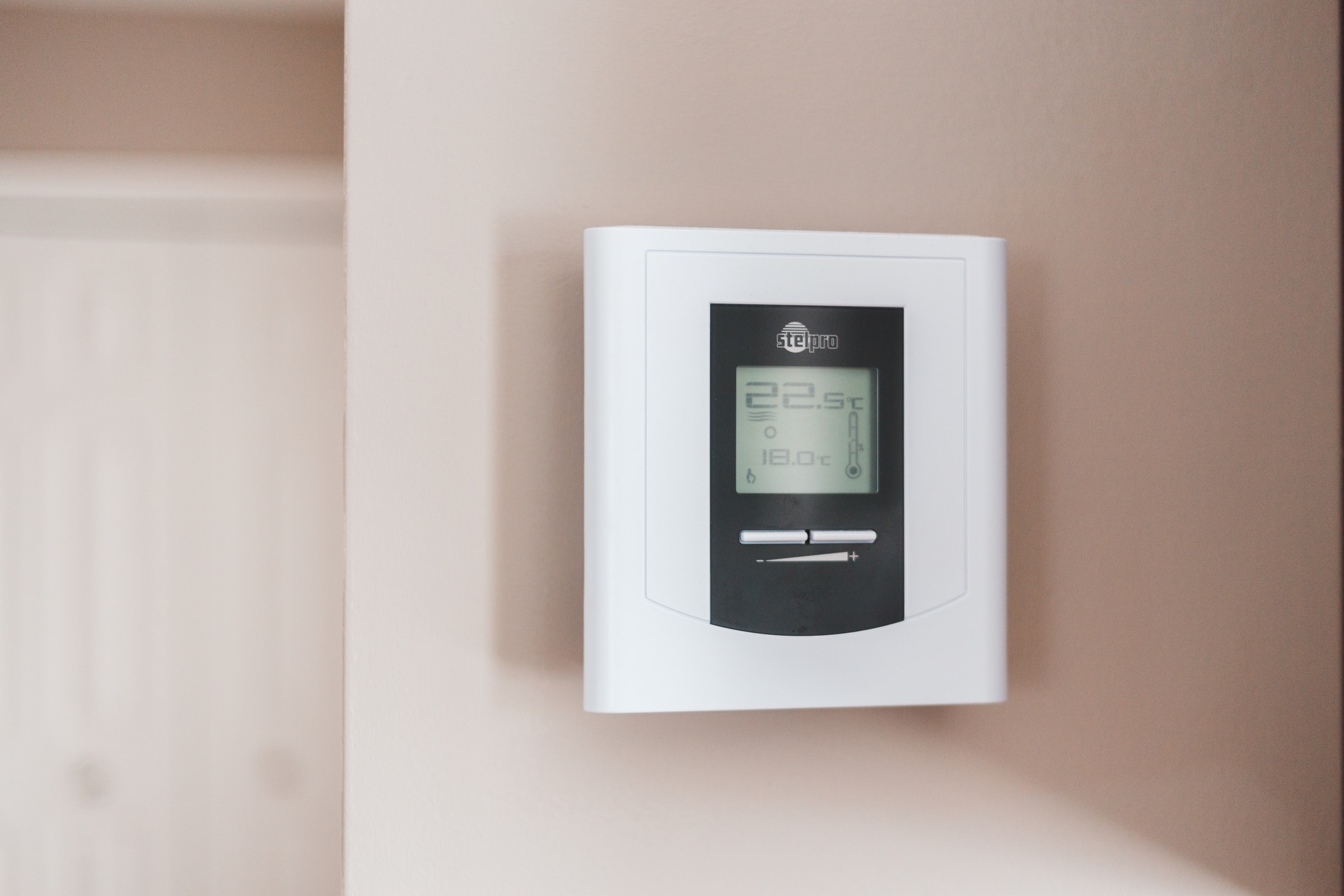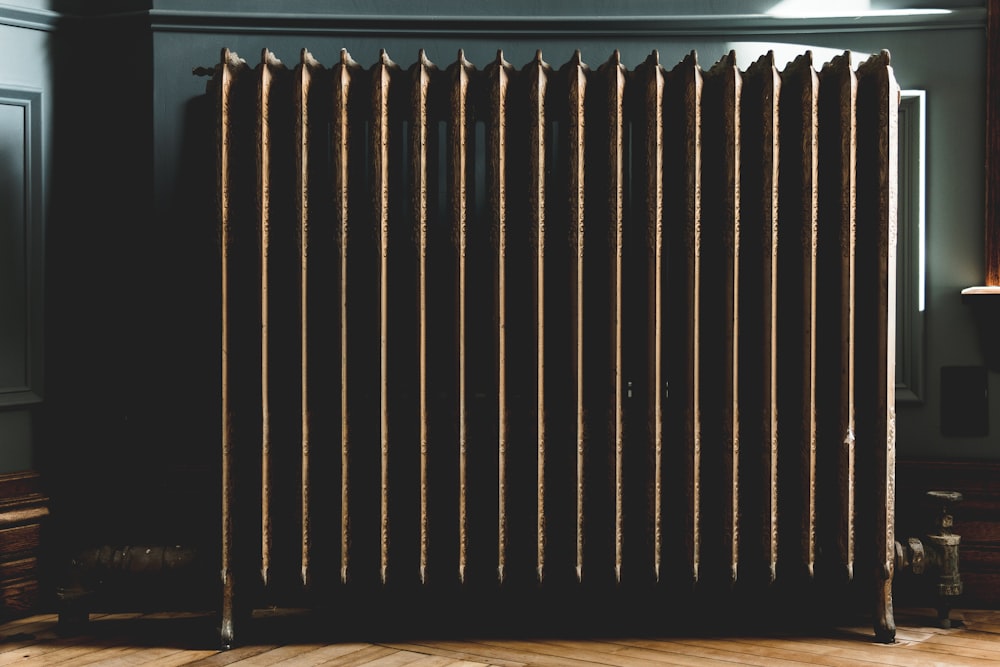When the weather outside the window is poor. While using a convector to heat the house or as an extra source of heat is a modern and easy way to avoid the cold.
The coolant used in these heating systems varies, as does the method of installation. Water, coal, and electricity are all examples of convectors.
Convector for water
The heating battery is the heart of this sort of convector. It uses hot water as a coolant, which heats the battery and radiates heat into the room.
A water convector is made up of two parts: a pipe through which the coolant (hot water) flows, and a heat exchanger, which is a special metal plate that sits on top of the pipe. All of this is encased in a grill that allows air to freely circulate and heat. Convection may be normal or forced for this form of heater. The existence of a fan suggested in the above, which accelerates air convection and, as a result, heating.
Installation
The most important thing to remember when connecting such a heating system is to select the proper position so that space warms up uniformly and efficiently. The heating element’s material of construction is also crucial. Its sections can be made of copper-aluminum, aluminum, or bimetallic plates (the most popular option), or steel for a more affordable option.
First and foremost, the water convector must be mounted on the wall. To do so, you’ll need to drill holes in the device and install special mounts. The device must then be connected to the heating system once it has been repaired.
These were done using stainless – steel pipes which connect the heating system and the water heater via the pipes.
Mounting a condenser coil of this sort requires specific skills. So you must purely follow the directions or, best of all, call specialists to install it.
Convector for gas
This is a device that looks like a regular heating radiator but is powered by gas. Gas is burned, heat is transferred to the combustion chamber housing and heat exchanger, and then to the air, rather than water (as in the previous version). The gas convector has a chimney so that the combustion products do not collect within the room and instead exit into the street.
A gas main or liquefied gas in cylinders may both be used to attach such a heater.
The system quickly heats the room, but it has a range of features that must be considered when installing it.
Installation
Since mounting this system on your own is difficult and even dangerous, it is advisable to seek professional assistance. Certain guidelines must be followed during the installation process. To begin, cut a hole in the wall for the air duct and ensure that the gas convector pipe is properly insulated. After that, the device is mounted vertically on the wall and connected to the gas supply.
Special precautions must be taken during the installation process, as well as permission to work with gas equipment.
Convector (electric)
These are the most up-to-date heaters. The air is heated by a heating element in their working theory. It can be a tungsten, nichrome, or steel filament heating element. Because of the design features, the air does not come into direct contact with the filament, and the temperature does not surpass the permissible value, the first two choices are the most common. Natural convection causes heated air currents to rise upward and circulate throughout the space.
Electric heating convectors can be placed on the floor, mounted on the wall. Universal models that can be mounted on the wall with a bracket or placed on the floor with legs in any convenient location. The device’s technical characteristics are evaluated by the size of the room to install.
Installation
Electric convectors vary from the above-mentioned and traditional heating radiators in that they do not need any communications and are easy to mount. It hung on the wall with special fasteners or put on the floor with no complicated manipulations required; all you have to do is screw the legs together. Since the system is powered by the mains, simply plugging it into a socket is sufficient. In this case, the most important thing is to properly mount and position the heater so that it heats the room as effectively as possible. It’s better to put it near the floor so that warm air rises, or under windows to keep cold air out.
our team members are always ready to help the customers with more queries feel free to contact us!



